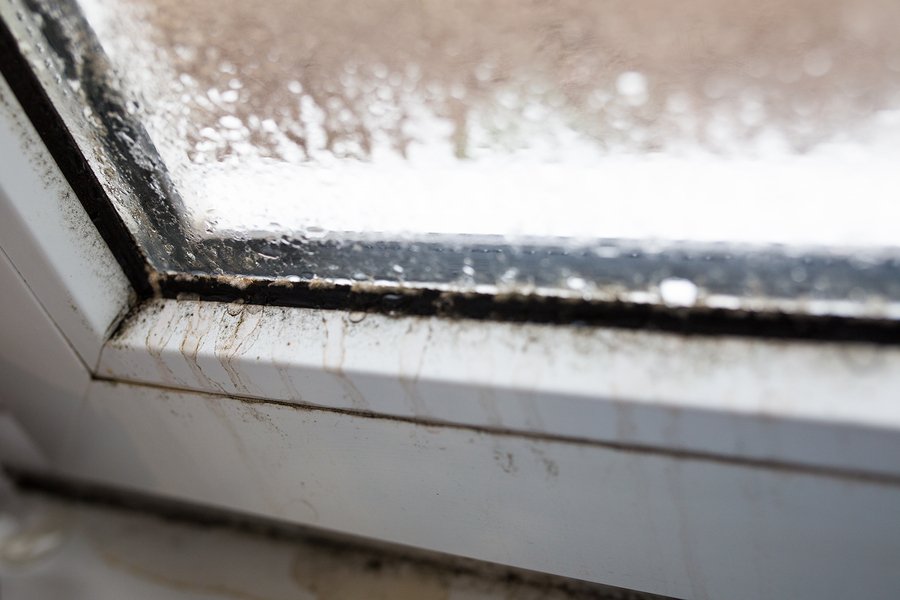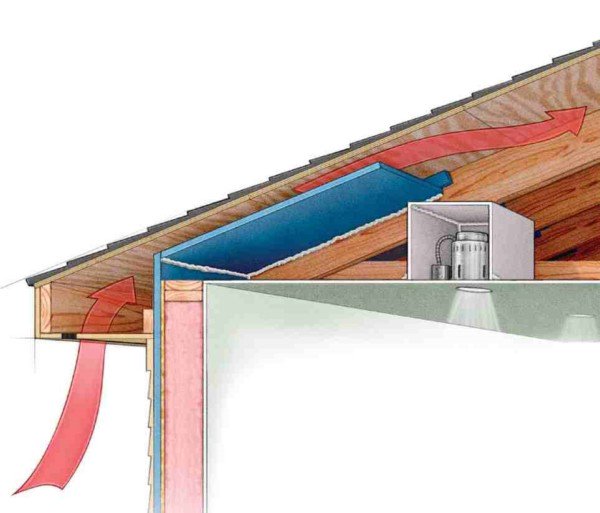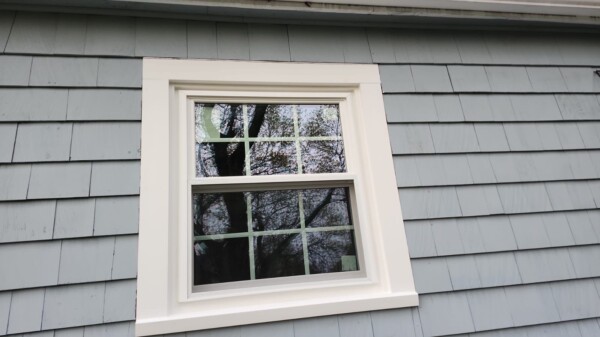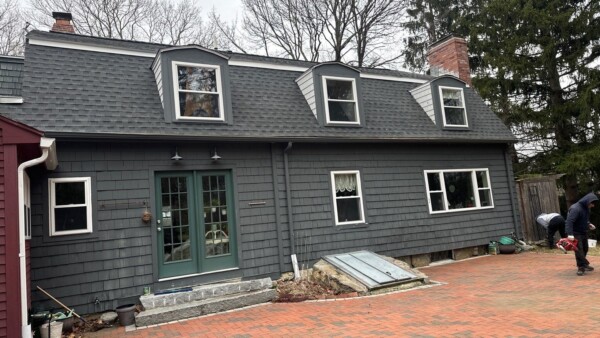Mold is a scary word to most homeowners. Searching for ways on how to prevent mold typically turns up with cleaning products and solutions, but exterior remodeling upgrades are highly effective at keeping mold from growing inside and outside of your home.
How Does Mold Grow?
To understand how products such as replacement windows, vinyl siding, and even roofing can prevent mold growth, let’s discuss how mold forms in the first place.
 There are several conditions that mold needs to form. These conditions include:
There are several conditions that mold needs to form. These conditions include:
- Mold Spores
- An organic food source such as wood or drywall
- Darkness
- Warmth (mold does not grow in freezing temperatures)
- Oxygen
- Moisture
When conditions are right, mold can begin to grow within 24-48 hours. Unfortunately, our regional climate conditions provide ample opportunity for mold to grow.
How Moisture Enters Your Home
Old and outdated exterior products can make it easy for moisture to enter your home. Limiting moisture is one of the best ways to prevent mold growth in the home. An array of exterior remodeling products can keep moisture from resulting in mold growth.
These are a few examples of how moisture can enter your home from outdated products:
Scenario 1: Old and Leaky Roof
When a roof begins to age, shingles can fall off the roof and blow away in the wind. This exposes your home to rain which can trickle inside to the attic. In extreme cases, exposure over long periods of time can even rot out the roof deck.
Once moisture is in the attic, it collects on areas such as the wood walls, floors, and rafter beams. After being exposed to humidity and rain, mold forms in various areas of the attic.
How to Prevent Mold with New Roof Replacement
By installing a new roof, it creates a barrier against the elements that keep your home dry. Quality asphalt shingles increase the life of the roofing system and stay intact with winds of up to 130MPH! This prevents the shingles from blowing off and exposing your home from moisture.
Another important aspect is leak barrier protection and ventilation. A leak barrier creates a seal so water cannot get into some of the most vulnerable areas of your home.
Lastly, ventilation is a big factor in preventing mold growth. Your home needs to be able to “breathe” so pockets of moist air don’t become trapped for long periods of time. This can lead to mold growth over time.

Example of Roof Ventilation
Scenario 2: Window Condensation
Window condensation occurs when warm air meets a cold surface, much like a glass of lemonade in the summertime. Humidity plays a large role in condensation formation. It’s natural for condensation to form on windows, but it becomes a problem when the condensation will not wipe away with your hand.
The video below explains more about window condensation.
Once window condensation forms on areas such as the walls and wooden sills, it can begin to grow within 24-48 hours.
How to Prevent Mold with New Replacement Windows
Preventing moisture from entering your home and addressing broken seals is key to mold prevention. First, invest in quality replacement windows with professional installation. Correct window installation ensures that the window blocks out both drafts and moisture from entering the home.
Furthermore, replacing the window will also replace the broken seal. A broken seal compromises a window’s performance, leading to problems beyond mold growth such as high energy bills. This is because energy efficient gases are able to escape, cause the window to lose its insulating power.
Scenario 3: Moldy Wood Siding
Mold loves to grow on old and untreated wood siding. Mold eats away at wood exteriors over time while making your property value plummet. Not only does this result in unsightly curb appeal, but it decreases the effectiveness of protecting your home from damage and energy loss.
Know that pressure washing is not the answer to removing mold from wood siding. According to Bob Vila, pressure washing can loosen caulk, strip the paint and gouge boards. It can also cause water to seep behind the boards which can result in even more mold and wood rot.
How to Prevent Mold with Vinyl Siding Replacement
Choose high quality and insulated vinyl siding panels for your home to replace outdated wood. It’s much more difficult for mold to form on vinyl since it’s not an organic material like wood. Furthermore, insulated siding helps drain moisture from behind the panels while preventing mold and mildew growth on your exterior.
Mold Proof Your Home with Coastal Windows & Exteriors
Coastal Windows & Exteriors provides exterior remodeling products that keep your home free from mold, energy efficient, and beautiful all year long. Contact us today to learn more.




